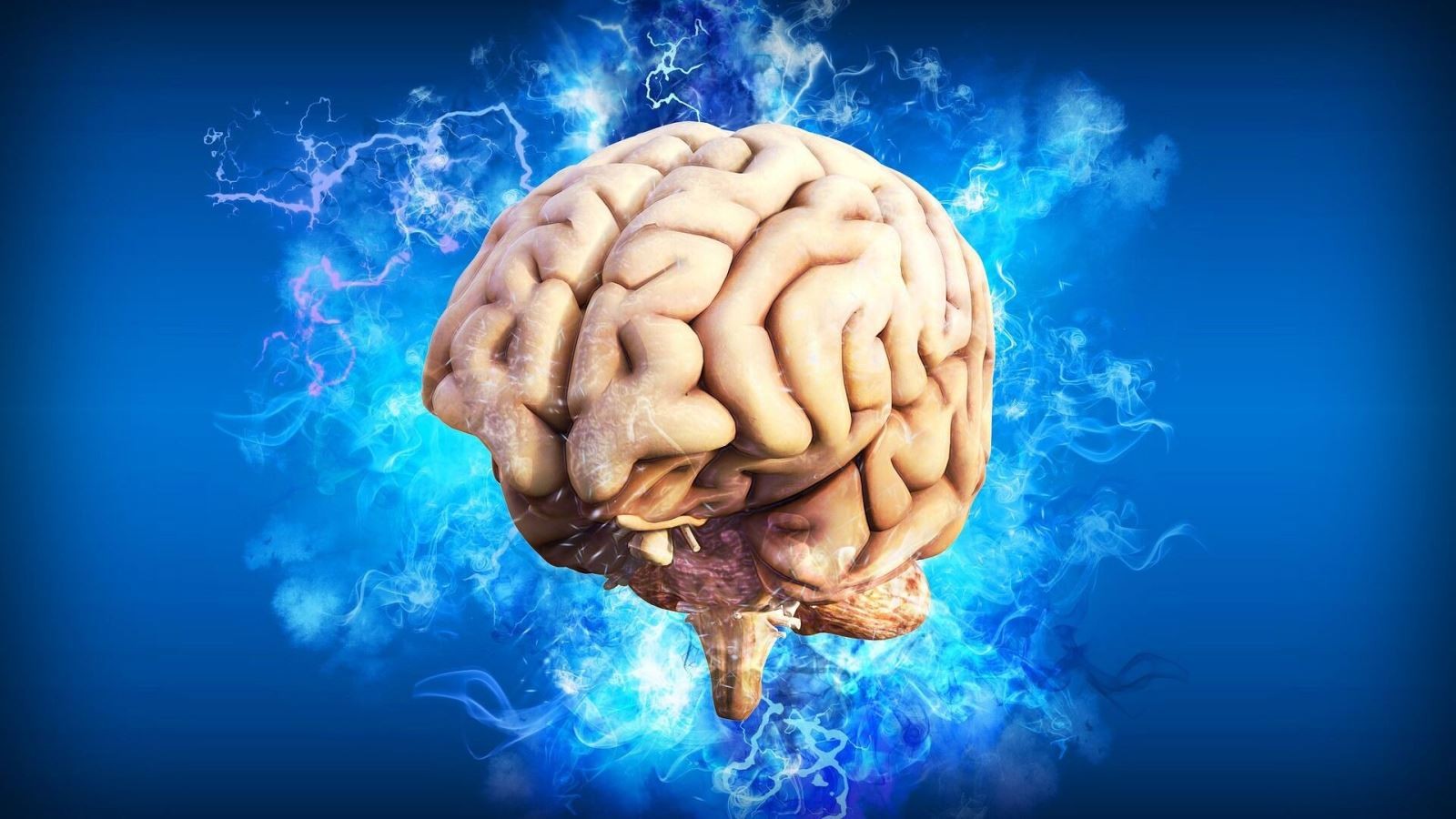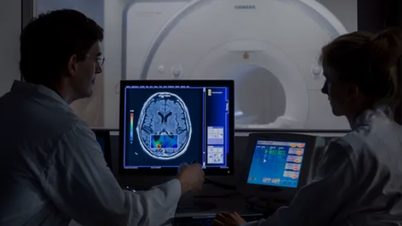
Over the past two years, several mouse experiments using CRISPR and its variants have shown promise in treating neurological disorders, with experts expecting clinical trials in humans to begin within the next few years.
“The data has never been more encouraging,” said Monica Coenraads, director of the Rett Syndrome Research Foundation in the United States. “This is becoming less and less science fiction and more a reality.”
Unlike the liver or blood, the brain is protected by a blood-brain barrier, making it difficult to introduce gene editing components. However, many research groups have recorded positive results.
Last July, an experiment on mice with a childhood disease called alternating hemiplegia showed that “prime editing” technology can repair about half of the cerebral cortex, reducing seizures, improving cognition and movement, and extending lifespan.
Other groups are also testing in mice for Huntington's disease, Friedreich's ataxia, and gene mutations that cause epilepsy or mental retardation. In these cases, directly editing the natural copy of a gene is considered safer than adding a new copy, which can be toxic.
Scientists hope to test the therapy on patients with Rett syndrome or AHC within five years. The method will likely rely on the AAV9 virus to deliver the gene-editing component into the brain, but immunological risks remain a major challenge. In addition, the US biotechnology industry is experiencing a financial crisis, causing funding for research on this expensive therapy to gradually shrink.
“Funding is running out,” says Ms. Coenraads. “But we have to persevere and continue to produce good data.”
Source: https://baolaocai.vn/tham-vong-chinh-sua-nao-nguoi-de-dieu-tri-benh-than-kinh-post879802.html



![[Photo] General Secretary To Lam and National Assembly Chairman Tran Thanh Man attend the 80th Anniversary of the Traditional Day of the Vietnamese Inspection Sector](https://vphoto.vietnam.vn/thumb/1200x675/vietnam/resource/IMAGE/2025/11/17/1763356362984_a2-bnd-7940-3561-jpg.webp)












































































































Comment (0)